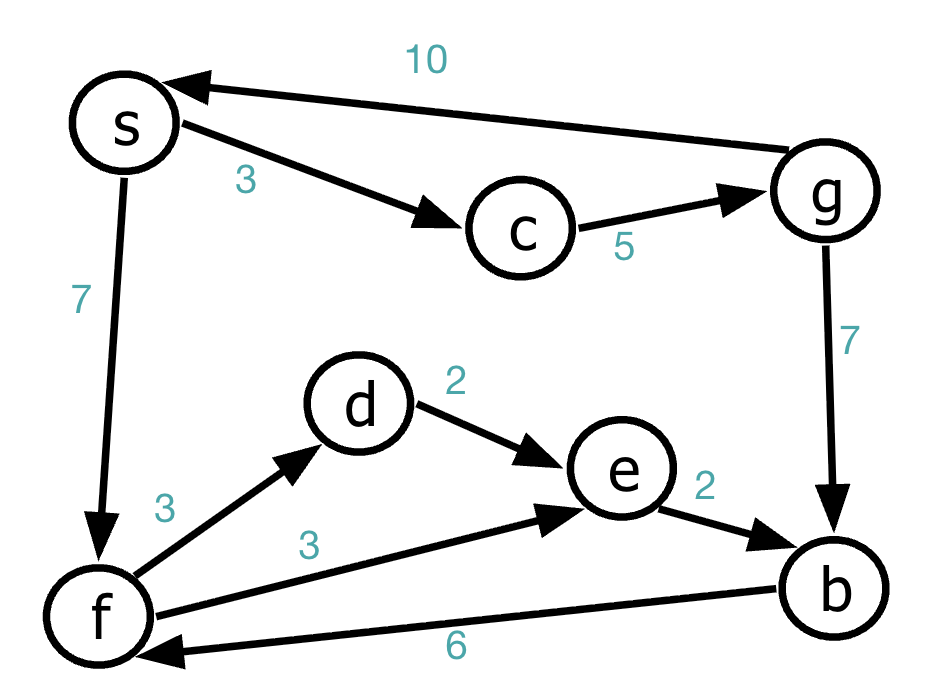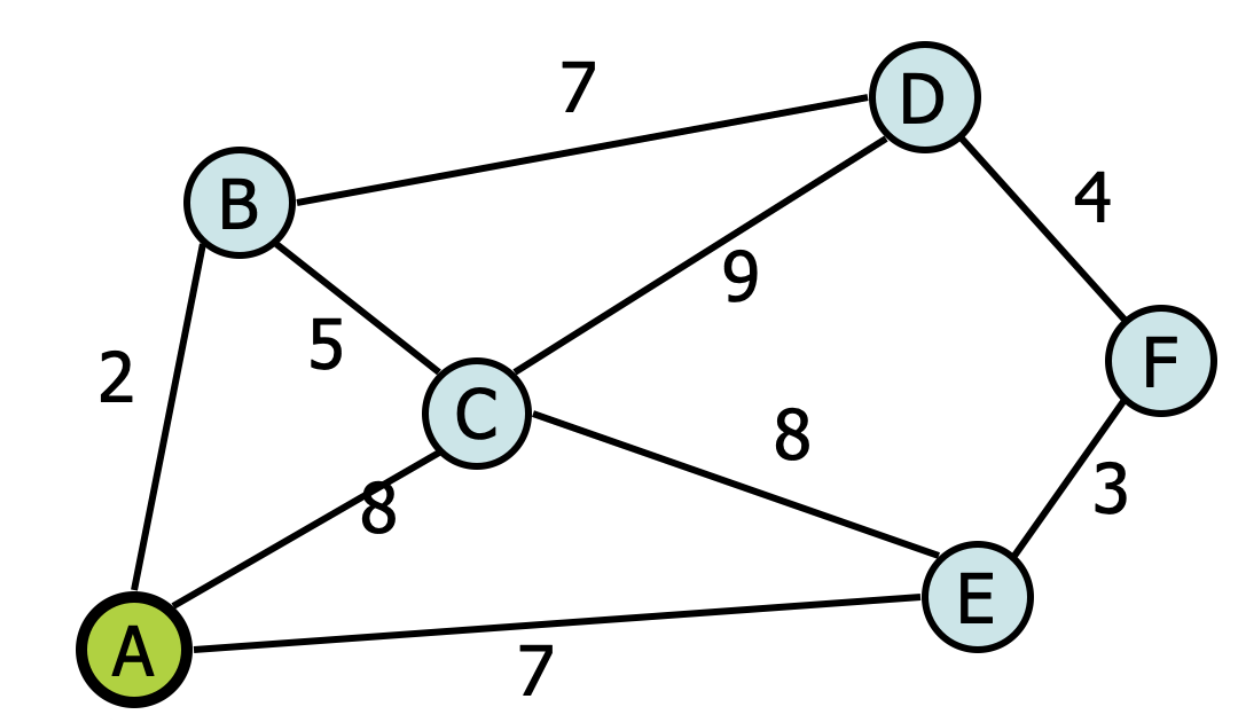Programming, problem solving, and algorithms
CPSC 203, 2025 W1
November 18, 2025
Announcements
Maps
Geographic Applications
The data we use for computation is separate from the visualization.
Open Street Maps
An open-source alternative to Google Maps’ data.
https://www.openstreetmap.org/
OSM provides an Application Programmer’s Interface (API) that allows our program to request data, which is returned in a reasonable format.

From Maps to Graphs
OpenStreetMap gives us raw geographic data (intersections, roads, tags)
osmnx converts this into a graph:
nodes = intersections (lat/long)
edges = roads with attributes (length, max speed, etc.)
We apply graph algorithms to find routes, or substructures.
Finally: visualize results using Matplotlib or Folium
Map Applications
Three Parts
Assembling the data - OSM, local data stores, statsCan, etc. This is mostly the art of assembling geodataframes.
Computing on the data - library osmnx simplifies graph algorithms and computation, but also supports other spatial computation.
Visualizing the data - matplotlib for static maps, folium for interactive maps. Other alternatives available.
Introductory Demo
What We’ll See in the Demos
Convert map data to graph
Identify amenities (Starbucks)
Compute shortest route between two landmarks
Visualize everything interactively
Single Source Shortest Path

Given a start vertex (source) \(s\), find the path of least total cost from \(s\) to every vertex in the graph.
Single Source Shortest Path
- Input: directed graph \(G\) with non-negative edge weights, and a start vertex \(s\).
- Output: A subgraph \(G’\) consisting of the shortest (minimum total cost) paths from \(s\) to every other vertex in the graph.

Dijkstra’s Algorithm (1959)
SSSP Algorithm

Given a source vertex \(s\), we wish to find the shortest path from \(s\) to every other vertex in the graph.
Initialize structure:
d:p:
Repeat these steps:
- Label a new (unlabelled) vertex \(v\), whose shortest distance has been found
- Update \(v\)’s neighbors with improved distance and predecessor
SSSP Algorithm
Initialize structure:
- For all
v,d[v] = INF,p[v] = null
- For all
Initialize source:
d[s] = 0Repeat these steps
ntimes:
- Find minimum
d[]unlabelled vertex:v - Label vertex
v - For all unlabelled neighbors
wofv,- If (_________________ <
d[w])d[w] =______________p[w] = v
- If (_________________ <

Three Observations:
When a node becomes labeled, its shortest distance is final. It will never improve again.
d[]values only decrease, never increase.The predecessors
p[]form a shortest-path tree.
Your Turn
Execute Dijkstra’s algorithm on this graph:

Dijkstra’s Algorithm
Initialize structure:
- For all
v,d[v] = INF,p[v] = null
- For all
Initialize source:
d[s] = 0Repeat these steps
ntimes:
- Find minimum
d[]unlabelled vertex:v - Label vertex
v - For all unlabelled neighbors
wofv,- If (_________________ <
d[w])d[w] =______________p[w] = v
- If (_________________ <
- How is the algorithm similar to BFS/DFS?
____________________________________ ____________________________________ ____________________________________
- How is the algorithm different from BFS/DFS?
____________________________________ ____________________________________ ____________________________________
Final Demo
What We’ll See in the Demos
Convert map data to graph
Identify amenities (Starbucks)
Compute shortest route between two landmarks
Visualize everything interactively
What have we Learned?
| Algorithm | Data Structure | Costs? | Shortest? | Frontier |
|---|---|---|---|---|
| DFS | Stack | ignored | no | dive deep |
| BFS | Queue | all equal | yes | explore in layers |
| Dijkstra | Priority Queue | any non-neg | yes | explore by shortest known distance |
Resources
REALLY great example: https://www.youtube.com/watch?v=wsSEKm-rU6U
OSMNX reference: https://github.com/gboeing/osmnx-examples
Tutorial: https://gist.github.com/psychemedia/b49c49da365666ba9199d2e27d002d07